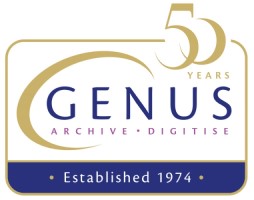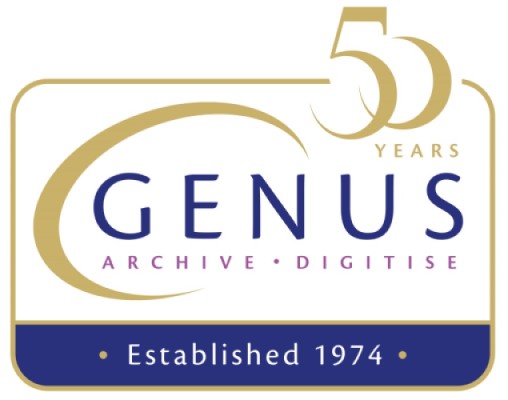On the 4th April 2019, we hosted a unique, invitation-only event on the very latest developments in Digitisation Standards and Quality Management at The National Gallery, London.
Attendees at the conference included top imaging professionals from well-known digitisation and photographic institutions. Organisations such as The British Library, The Wellcome Trust, The National Archives and Bodleian Libraries joined us for what proved to be an eye-opening conference on the latest in Digitisation standards.

Presented by Volker Jansen, Technical Director of Zeutchel Gmbh, attendees were guided through why we need standards, the standards themselves from Metamorfoze, FADGI and ISO and finally a comparison in the tolerances from each standard and how this can be achieved. The two-hour presentation was designed to give the attendees a good understanding of the current standards and what we should all be working towards. Volker worked as part of the ISO team responsible for writing ISO 19262-19264 on Photography – Archiving Systems: Vocabulary; Best practices for digital image capture of cultural heritage material and Image Quality Analysis. At the conference, the focus was on ISO 19264, Metamorfoze Preservation Imaging Guidelines version 1.0 January 2012 and Federal Agencies Digitial Guidelines Initiative (FADGI) September 2016 – Technical Guidelines for Digitizing Cultural Heritage Materials.
Volker studied Photographic Engineering and is one of the Co-Founders of UTT Test Charts and Processes (foundation of ISO standard 19262-19264), a Member of DIN NVBF 2 (Standards Committee Event Technology, Image and Film of the German Institute for Standardization (DIN)) and a Member of ISO/TC42 JWG26 – Digitizing Cultural Heritage Materials (working at standards ISO 19262; 19263, 19264)

This event was specifically designed to allow attendees to ask questions and interact with Volker so that they could take away as much information as possible that was relevant to their organisations.
Discussions were based on the digitisation of two-dimensional images such as printed matter, technical drawings, manuscripts, maps, photographs, prints, negatives and transparencies. Also, colour encoding accuracy, the quality control of digital image performance and example workflow processes – all to enable attendees to consistently create the correct image quality and metadata of the “first file”.
The day included the following topics:
1. A general overview of the three-quality management standards ISO, Meta and FADGI
2. Implementing a workflow according to one of the above standards
3. Insight into Volker’s work experience at the Standard Committee
4. Open discussion about experiences that attendees have had and their thoughts about the future of Digitisation.
The day was a great success and the attendees came out with a better understanding of the latest digitisation standards, especially the recent ISO 19264. Even though the standards are, quite rightly, very complicated it was gratifying to see that with the use of the Zeutschel OS QM-tool software and the appropriate UTT charts the process of ensuring you are scanning to International Standards is easy to achieve. A simple dashboard-style summary screen tells you whether you are scanning to the standards or not. If not, it explains what elements of the scanning process need rectifying.
Genus and Zeutschel are on hand to offer independent advice on the application of the very latest standards.




Comments are closed.